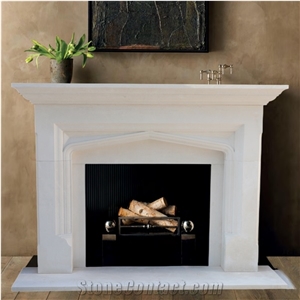If you need our help, we will be glad to help you until you find your products.
Skype: StoneContact.com
WhatsApp/Wechat: +86-17689946988

Have a Question? Ask our expert
Questions & Answers on Others Reliefs, Etching
What material is used in wall relief?
Posted by Visitor
![]() Reply to this question
Reply to this question
Wall relief can be created by using granite, basalt, sandstone, marble, limestone, onyx, travertine or plaster, hand-carved wood or even terracotta. In recent years, however, plaster has been the most popular material for its malleability and versatility.
Answered by StoneContact
Like
What files-software do laser engravers use?
Posted by Visitor
![]() Reply to this question
Reply to this question
Laser engraving relies on vector files, a special type of image file that tells the laser engraving machine how to engrave your design. Vector files contain shapes and lines that are drawn mathematically by special software.
Answered by StoneContact
Like
What is the best file format for laser engraving?
Posted by Visitor
![]() Reply to this question
Reply to this question
For laser engraving acceptable file formats include the following: TIFF, BMP, JPG or other Raster images that are 1-Bit black and white camera ready artwork. No Gray scale. Should be in a minimum of 300 DPI resolution.
Answered by StoneContact
Like
What is wall relief?
Posted by Visitor
![]() Reply to this question
Reply to this question
A relief is a wall-mounted sculpture in which the three-dimensional elements are raised from a flat base.
Answered by StoneContact
Like
What are types of relief sculpture?
Posted by Visitor
![]() Reply to this question
Reply to this question
There are three main types of relief sculpture:
Answered by StoneContact
Like
What is the difference between freestanding and relief sculpture?
Posted by Visitor
![]() Reply to this question
Reply to this question
Relief sculpture can be seen from only one vantage point, usually straight on. Sculpture-in-the-round is freestanding and finished on all sides. A viewer can move all the way around a sculpture-in-the round, and is able to look at the work from multiple vantage points.
Answered by StoneContact
Like
What is low relief and high relief?
Posted by Visitor
![]() Reply to this question
Reply to this question
There are two subcategories of relief sculpture – high relief and low relief, also called bas relief. High relief sculpture stands out from the flat surface, sometimes to a great degree. In contrast, low relief sculpture does not stand out as much and may feature parts that are indented into the flat surface.
Answered by StoneContact
Like

White Limestone Modern Style Living Room Fireplace Mantel

Honed China Basalt Slabs & Tiles for Wall or Floor Covering

White Persa Granite Slabs for Hotel Design

Blue Color Onyx Stone Slab,Cheap Blue Marble Wall Panel Tile

Ivory Travertine 3d Flute Mosaic Wall Tile

India Shining Black Galaxy Polished Surface Manufacturer

Dover White Marble Vanity Top Oyster White Marble Vanity Top

Tell Suppliers what you want to buy
Submitted successfully, thank you!